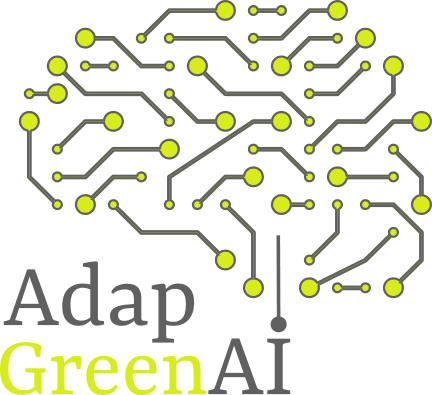
Overcoming Barriers to Implementing an AI-Based Pest Early Warning Network in Greenhouses for Climate Change Adaptation
The development of sustainable agricultural production systems is an urgent task identified by the UE for Climate Change adaptation. One key target is to reduce by 50% the use of pesticides by 2030. Embracing sustainable pest control practices, such as integrated pest management (IPM), is a frontline in the pursuit of Climate Change adaptation, as it reduces reliance on pesticides, promoting adaptive and environmentally friendly pest management strategies. Artificial Intelligence (AI) methods have emerged as extremely useful tools in advancing IPM strategies in greenhouse settings by automating tasks that have traditionally required human effort and expertise, such as pest monitoring. Early detection of pests both inside and outside greenhouses is crucial for comprehensive IPM strategies, as it allows farmers to implement timely and targeted interventions that prevent pest population outbreaks, thus reducing the reliance on pesticides. Through the oriented research modality, AdapGreenAI will advance IPM strategies by developing AI-driven solutions that efficiently monitor pests in greenhouse settings. While the application of AI methods in greenhouses for early pest detection has made significant progress, unresolved key technological and socio-economic challenges persist. These challenges include the trade-offs between accuracy and computational requirements, along with divergences between research advancements and their practical implementation in real-world conditions. For example, the cost of installing AI systems is prohibitive and beyond the reach of smallholder farmers, who are largely unfamiliar with this technology. AdapGreenAI will advance AI technology challenges by training a free and open-source algorithm that will operate on minimal computational power. The AI-driven abundance data will be used to generate regionally modeled-based predictions of pest abundance. The project's uniqueness lies in developing a low-cost and scalable early-warning network of pest abundance based on a computationally efficient and affordable AI-driven counting algorithm. Furthermore, AdapGreenAI acknowledges the socioeconomic challenges related to AI implementation, particularly for smallholder growers, and to address this, it will bridge the digital divide by ensuring equitable access to AI-driven technology. This involves not only technological development but also identifying social barriers and opportunities through active engagement with diverse stakeholders, including greenhouse growers, cooperatives, and local institutions. In close collaboration with local stakeholders, the project will demonstrate the potential of AI methods by illustrating a scalable and cost-effective pest early-warning system and identify the stakeholder barriers and opportunities for its further development at the semi-arid coastal plain of south-east Spain, i.e., the largest concentration of greenhouses in the world. Aligned with several key priorities defined by the Horizon Europe missions (adaptation to Climate Change and social transformation for the digital transition) and the Spanish Strategy for Science, Technology, and Innovation (food, bioeconomy, natural resources, and environment), the ultimate ambition of AdapGreenAI is to foster more resilient, cost-efficient, and sustainable pest control strategies that can adapt to the evolving environmental and societal challenges posed by Climate Change.
Project Dates
September 1, 2024 - August 31, 2028
Funded By
Ministerio de Ciencia, Innovación y Universidades de España. Grant number grant number RR_C_2021_09
Funding
€111,250.00